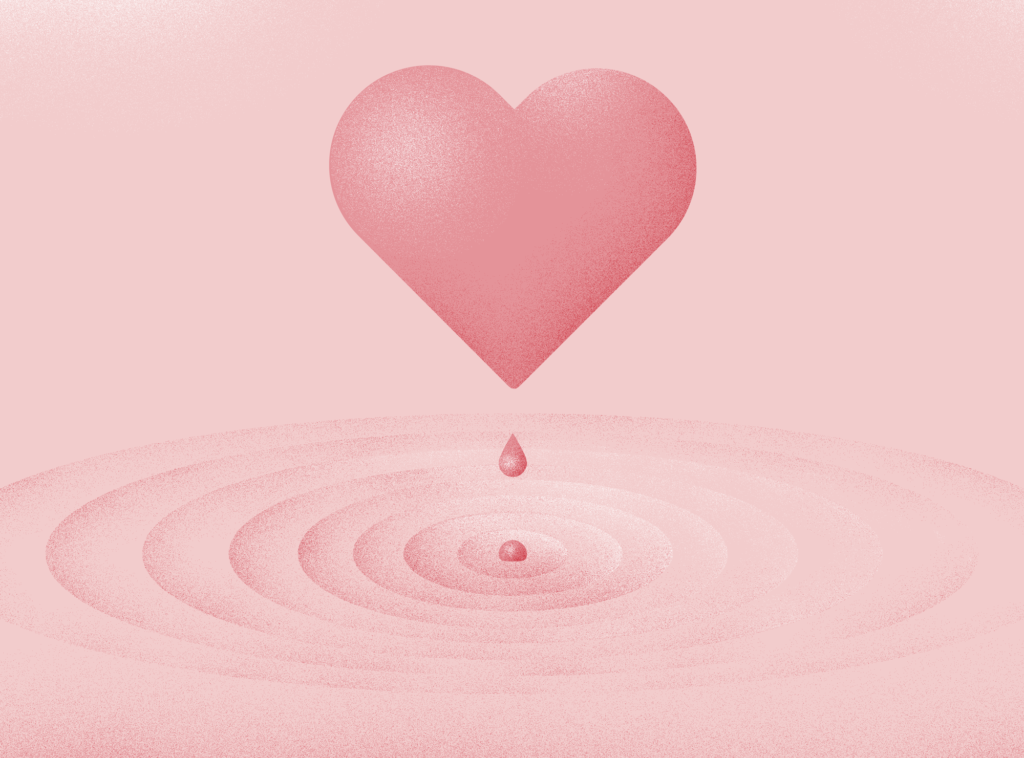
Unlike Rich Maiore, my girls Amanda and Lucy had the good fortune of learning about Alex Scott when they were very young.
Like many schools in the neighborhood—just a few miles from the Scott family home—our local preschool held an Alex’s Lemonade Stand each summer.
In preparation, Amanda and Lucy and all their classmates made signs, checked their supplies, and urged parents, grandparents, and anyone who’d listen to stop by.
On the big day, my husband Jason and I took time off from work and stood in line and bought glasses of lemonade. We bought yellow bracelets that said “One Cup at a Time.” And we listened as these children, including our own, retold the story of a little girl just about their age who had a terrible disease and a big heart.
We watched, and they watched, a whole neighborhood of families stop what they were doing and, for a moment, let themselves be inspired by a single act of kindness that grew larger than anyone could have ever dreamed.
What happens when we see other people act generously?
For a long time, social scientists have known that after witnessing another person help others, we tend to act more kindly ourselves. Kindness is contagious.
But what’s been discovered recently is that in the person who does the witnessing, kindness spreads.
For instance, in one lab experiment, seeing someone make a donation led observers to make more donations themselves and, in addition, to write longer and more empathic notes to strangers in need.
It’s also been shown that children tend to imitate role models with whom they have more in common. So if we want our kids to be kind, not only should we model kindness ourselves, we should go out of our way to expose them to exemplars their own age.
Try helping your kids set up a lemonade stand of their own. They’ll be a model of, and a witness to, acts of kindness that will both inspire others and, like the little candy heart that melted in Raggedy Ann, spread within themselves.
With grit and gratitude,
Angela
